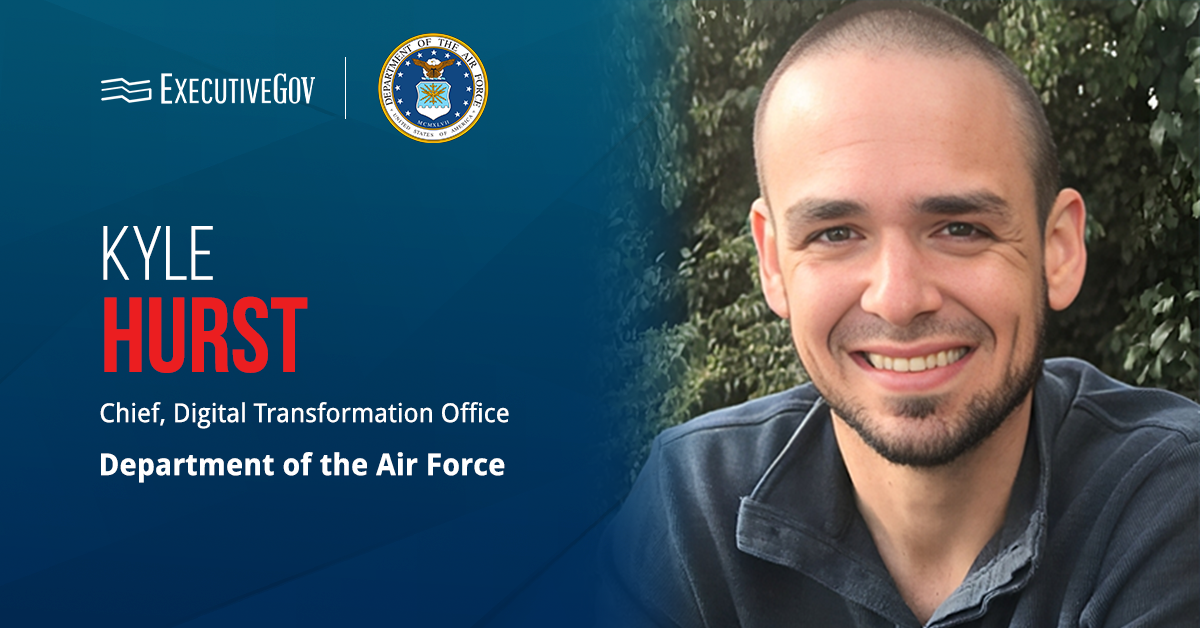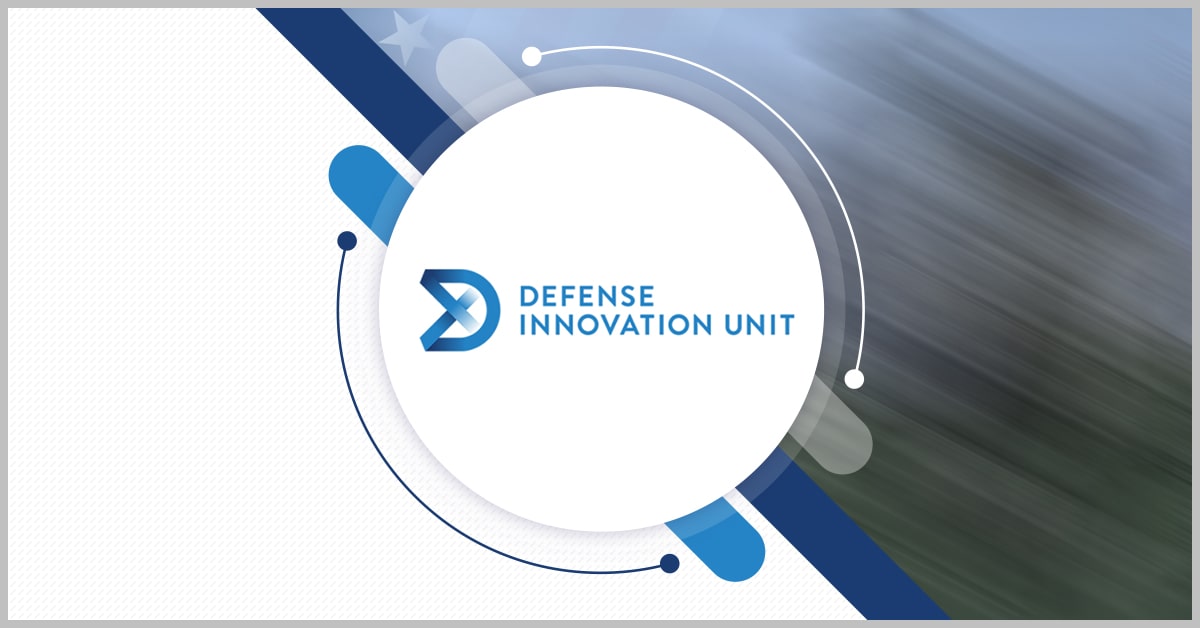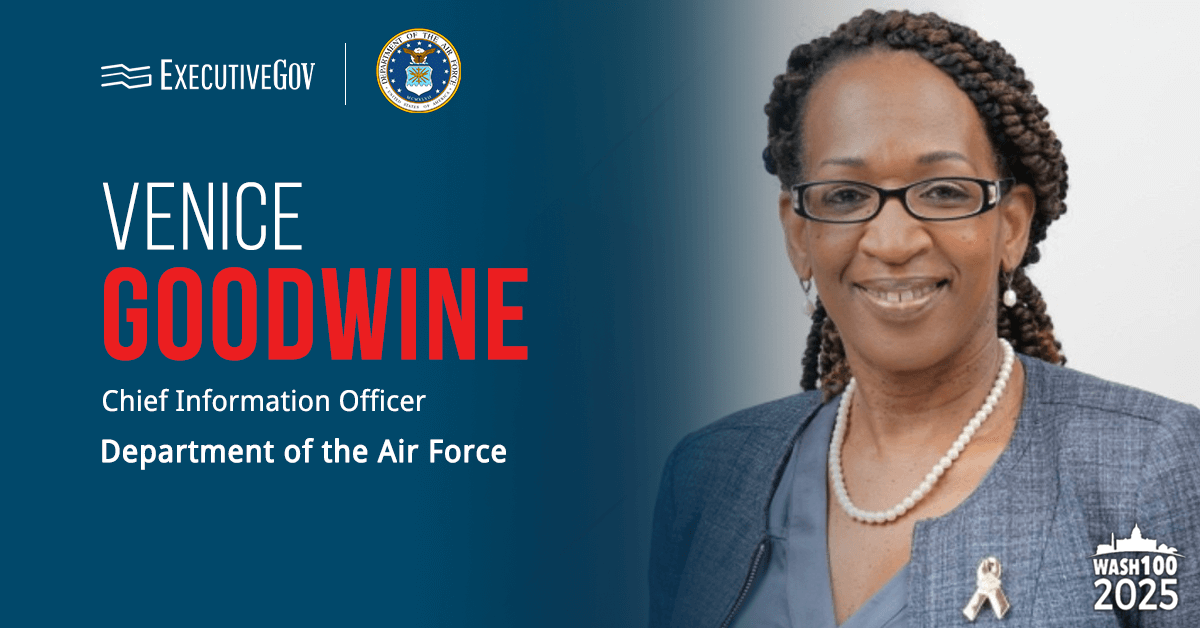U.S. Sens. Jacky Rosen, D-Nev., Jon Husted, R-OH, and Pete Ricketts, R-Neb., have introduced bipartisan legislation to prohibit the use of DeepSeek, China’s new artificial intelligence platform, on all government devices and networks.
Boosting National Security
Sen. Rosen said Thursday DeepSeek is directly connected to the Chinese Communist Party and could be a potential threat to national security. As an AI program, there is concern that DeepSeek gathers data and shares it with the Chinese government and its intelligence agencies. Multiple U.S. states and allied countries have already implemented measures to ban DeepSeek from government devices.
“As the artificial intelligence landscape continues to rapidly expand, the U.S. must take steps to ensure Americans’ data and government systems remain protected against platforms — like DeepSeek — that are linked to our adversaries,” said Sen. Rosen. “This bipartisan legislation takes proactive steps to ban DeepSeek on all U.S. government devices, helping to further safeguard sensitive government data from the Chinese Communist Party.”
“Our bill is an urgent first step toward protecting our citizens, government, and economy from China’s Communist Party,” added Husted.
“This bipartisan bill ensures that DeepSeek does not expose our government to potential national security risks—or give our data to Communist China,” said Ricketts.
A former computer programmer, Rosen has advocated for strengthening the country’s cybersecurity. In 2024, the senator pushed for the creation of a concrete plan to address cyber attacks on healthcare systems after the ransomware attack on Change Healthcare. She also introduced the Department of Defense Civilian Cybersecurity Reserve Act and other bipartisan bills strengthening the cybersecurity of the Department of Veterans Affairs medical devices and records.













